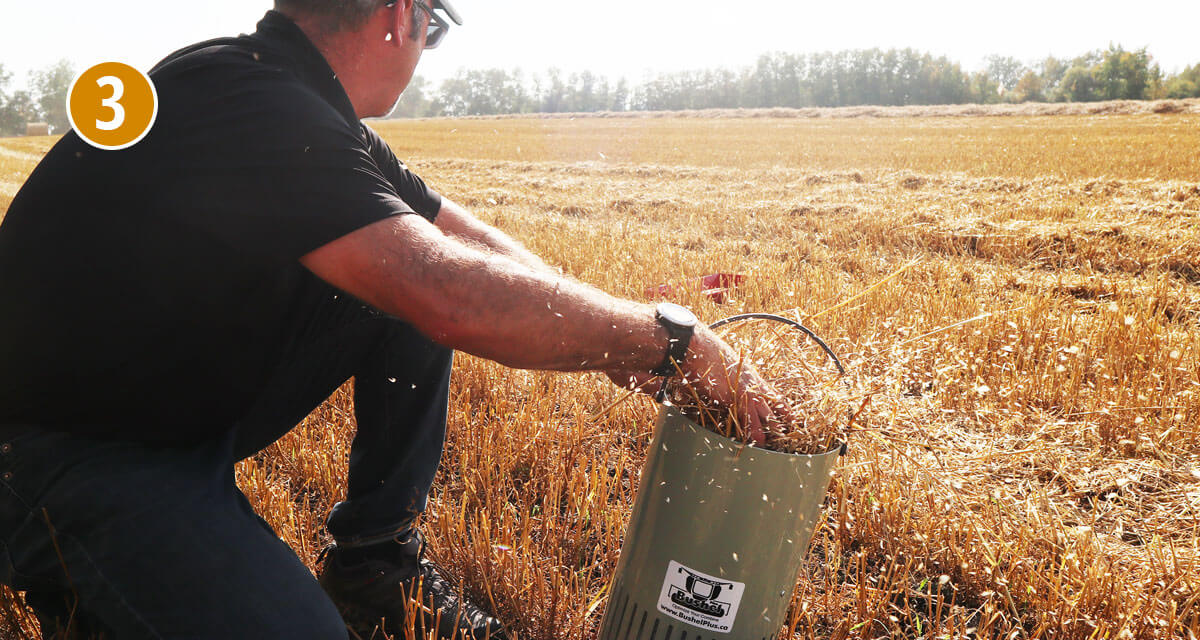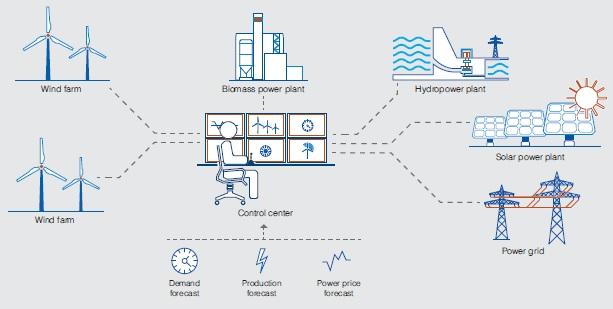Report on the Use of Treated Sewage Sludge on UK Farmland and Its Implications for Sustainable Development Goals
Introduction
Treated sewage sludge, often rebranded as biosolids, is widely spread across UK farmland. Despite its potential as a fertilizer, this sludge contains hazardous pollutants that escape current regulatory oversight, posing significant risks to environmental and public health. This report emphasizes the relevance of Sustainable Development Goals (SDGs) in addressing these challenges.
Key Findings
-
Extent of Sewage Sludge Application
- Approximately 87% of sewage sludge produced by UK water companies is applied to farmland.
- The sludge contains harmful substances including PFAS (per- and polyfluoroalkyl substances), pharmaceuticals, microplastics, and banned chemicals such as PFOS.
- Current regulations mandate testing only for a limited number of heavy metals, neglecting many hazardous pollutants.
-
Environmental Risks
- One in twenty sludge storage sites are located within 100 meters of rivers.
- More than 1,200 sites are situated near eutrophic waters already suffering from pollution, increasing the risk of further contamination and ecosystem damage.
- Microplastics from sludge have been found to persist in soil for decades, contributing to long-term environmental degradation.
-
Regulatory and Enforcement Issues
- The Environment Agency’s enforcement is minimal and relies on outdated regulations established in 1989.
- There is a lack of comprehensive monitoring and control of chemical pollutants in sludge applied to farmland.
Significance to Sustainable Development Goals
- SDG 3: Good Health and Well-being – The presence of PFAS, BPA, glyphosate, and other toxic chemicals in sludge poses serious health risks including immune suppression, cancer, and reproductive harm.
- SDG 6: Clean Water and Sanitation – Proximity of sludge sites to rivers and eutrophic waters threatens water quality through nutrient pollution and chemical runoff, exacerbating water contamination.
- SDG 12: Responsible Consumption and Production – The current practice of using sludge as fertilizer without adequate pollutant control undermines sustainable agricultural practices.
- SDG 13: Climate Action – Persistent pollutants in soil and water contribute to ecosystem imbalance, affecting climate resilience.
- SDG 15: Life on Land – Contamination from sludge impacts soil health, biodiversity, and terrestrial ecosystems.
Expert Commentary
“Though sludge could be a beneficial fertiliser, it is mixed with the dregs of chemical pollutants. Damaging PFAS, BPA and glyphosate are prevalent in sludge. Regulation must be strengthened to protect public health and the environment.”
— Richard Benwell, Chief Executive of Wildlife and Countryside Link
Implications and Recommendations
-
Strengthen Regulatory Frameworks
- Update and expand testing requirements to include a broader range of hazardous pollutants such as PFAS, microplastics, and pharmaceuticals.
- Implement stricter controls on sludge storage locations, particularly near vulnerable water bodies.
-
Enhance Monitoring and Enforcement
- Increase the Environment Agency’s capacity for enforcement and regular inspections.
- Adopt modern scientific methods to detect and quantify emerging contaminants in sludge.
-
Promote Sustainable Agricultural Practices
- Encourage alternatives to sludge-based fertilizers that align with SDG targets.
- Raise awareness among farmers and stakeholders about the risks associated with sludge application.
-
Protect Ecosystems and Public Health
- Develop integrated pollution management strategies addressing both wastewater and agricultural pollution pathways.
- Support research on long-term impacts of sludge contaminants on soil, water, and food safety.
Conclusion
The widespread use of treated sewage sludge on UK farmland presents complex challenges that intersect multiple Sustainable Development Goals. Addressing these issues requires comprehensive regulatory reform, improved enforcement, and sustainable management practices to safeguard environmental integrity and public health.
For further information, see the related article: Toxic sludge used as farm fertilizer raises health and environmental alarm in UK.
1. Sustainable Development Goals (SDGs) Addressed or Connected
- SDG 3: Good Health and Well-being – The article highlights public health risks from hazardous pollutants like PFAS, BPA, and glyphosate in sewage sludge, which are linked to immune suppression, cancer, and reproductive harms.
- SDG 6: Clean Water and Sanitation – Pollution of rivers and eutrophic waters due to sludge storage near water bodies raises concerns about water quality and ecosystem health.
- SDG 12: Responsible Consumption and Production – The use of sewage sludge as fertilizer involves managing chemical pollutants and waste products responsibly.
- SDG 14: Life Below Water – Contamination of waterways and potential harm to aquatic ecosystems from runoff and pollutants is addressed.
- SDG 15: Life on Land – Soil contamination with microplastics and persistent chemicals affects terrestrial ecosystems and biodiversity.
2. Specific Targets Under Those SDGs
- SDG 3 Targets:
- 3.9: By 2030, substantially reduce the number of deaths and illnesses from hazardous chemicals and air, water, and soil pollution and contamination.
- SDG 6 Targets:
- 6.3: By 2030, improve water quality by reducing pollution, minimizing release of hazardous chemicals and materials, halving the proportion of untreated wastewater, and substantially increasing recycling and safe reuse globally.
- SDG 12 Targets:
- 12.4: By 2020, achieve the environmentally sound management of chemicals and all wastes throughout their life cycle, in accordance with agreed international frameworks, and significantly reduce their release to air, water, and soil to minimize their adverse impacts on human health and the environment.
- SDG 14 Targets:
- 14.1: By 2025, prevent and significantly reduce marine pollution of all kinds, in particular from land-based activities, including marine debris and nutrient pollution.
- SDG 15 Targets:
- 15.1: By 2020, ensure the conservation, restoration and sustainable use of terrestrial and inland freshwater ecosystems and their services.
3. Indicators Mentioned or Implied to Measure Progress
- Indicator for SDG 3.9:
- Mortality rate attributed to unsafe water, unsafe sanitation, and lack of hygiene (WASH-related diseases) – implied by concerns over pollutants affecting public health.
- Incidence rates of diseases linked to chemical exposure (e.g., cancer, reproductive health issues) – implied by PFAS and chemical contamination risks.
- Indicator for SDG 6.3:
- Proportion of wastewater safely treated – implied by the lack of adequate testing and regulation of sewage sludge.
- Water quality indicators such as levels of hazardous chemicals (PFAS, microplastics) in rivers and water bodies near sludge sites.
- Indicator for SDG 12.4:
- Release of hazardous chemicals to soil and water – implied by the presence of banned chemicals and microplastics in sludge spread on farmland.
- Compliance and enforcement rates of chemical management regulations – implied by minimal enforcement and outdated rules.
- Indicator for SDG 14.1:
- Concentration of nutrient pollution and chemical contaminants in marine and freshwater ecosystems – implied by eutrophic waters near sludge sites and risk of algal blooms.
- Indicator for SDG 15.1:
- Soil quality indicators including microplastic concentration and chemical pollutant levels – implied by persistence of microplastics and chemicals in soil.
4. Table of SDGs, Targets, and Indicators
| SDGs | Targets | Indicators |
|---|---|---|
| SDG 3: Good Health and Well-being | 3.9: Reduce deaths and illnesses from hazardous chemicals and pollution |
|
| SDG 6: Clean Water and Sanitation | 6.3: Improve water quality by reducing pollution and increasing safe wastewater reuse |
|
| SDG 12: Responsible Consumption and Production | 12.4: Environmentally sound management of chemicals and wastes |
|
| SDG 14: Life Below Water | 14.1: Prevent and reduce marine pollution from land-based activities |
|
| SDG 15: Life on Land | 15.1: Conservation and sustainable use of terrestrial and freshwater ecosystems |
|
Source: ehn.org







